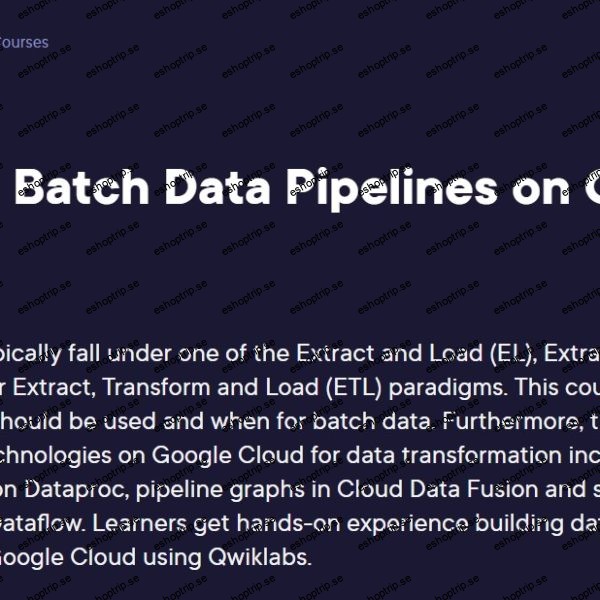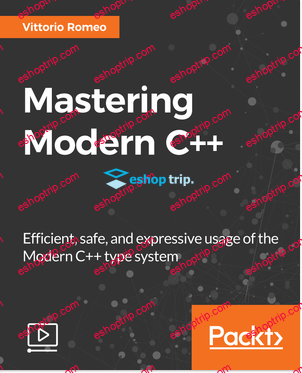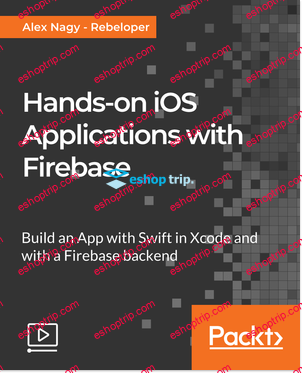Published 8/2024
Created by Franck Stéphane
MP4 | Video: h264, 1280×720 | Audio: AAC, 44.1 KHz, 2 Ch
Genre: eLearning | Language: English | Duration: 8 Lectures ( 1h 19m ) | Size: 897 MB
What Every AI Engineer Needs to Know
What you’ll learn:
Understand the Fundamentals of Instructor
Develop Structured Output Definitions
Evaluate the differences between Instructor and other similar libraries like LangChain
Apply Instructor to create LLM-based applications, mastering best practices for integrating it effectively and troubleshooting common issues
Requirements:
Python Proficiency: Students should possess a basic to intermediate understanding of Python programming, including familiarity with data structures (like lists and dictionaries), control flow (loops and conditional statements), functions, and basic error handling.
API Interaction: A foundational knowledge of how to interact with APIs using Python, including making HTTP requests and handling JSON data, would be beneficial.
Understanding of Object-Oriented Programming: Familiarity with object-oriented programming concepts in Python such as classes, objects, inheritance, and polymorphism is recommended as these are often used in structuring complex applications.
Experience with JSON and Structured Data: Since Instructor deals with defining structured outputs, understanding how to manipulate JSON and other structured data formats will help in effectively using the library.
Description:
I recently started using Instructor to build LLM-based applications. It is a Python package that patches foundation model API clients and allows the generation of structured outputs. You can define the structure of the output you want, and Instructor handles the internal logic to ensure you actually get a response that matches that. That’s all you need to know for now; I will go over the details of how it works internally afterwards. Right from the start, what I like about the Instructor library is its ease of use. From the beginning, you know what the library is for, and frankly, there is no unnecessary abstraction to obscure its operation. It’s simple, clear, refreshing. One feels free using Instructor. In contrast, every time I have to use LangChain, I feel like I get headaches given the complexity of the bloated library it has become with abstractions everywhere, which are often not strictly necessary in my opinion. This simplicity and directness of Instructor not only save time but also enhance the developer’s experience by removing the usual frustrations associated with more complex systems. This makes it an ideal tool for both novice and experienced developers who want to integrate LLM capabilities into their applications without the steep learning curve often associated with similar technologies.
Who this course is for:
Python Programmers: Specifically those who are interested in expanding their repertoire to include building applications utilizing large language models (LLMs). This course will help them leverage their existing Python skills to integrate and manage LLMs effectively in their projects.
AI Engineers: AI professionals who want to deepen their practical knowledge of applying LLMs within software applications. This course will provide them with hands-on experience and a thorough understanding of how to use the Instructor library to streamline the process of integrating LLMs into complex systems.
Software Developers: Developers looking to incorporate advanced AI functionalities into their applications will find this course beneficial. It offers the tools and knowledge needed to effectively integrate LLMs using the Instructor library, enhancing their capabilities in developing AI-driven solutions.
Data Scientists and Machine Learning Practitioners: Those who typically work with data-driven models and are looking to explore the capabilities of LLMs in generating structured outputs and automating responses based on large datasets.
Homepage










